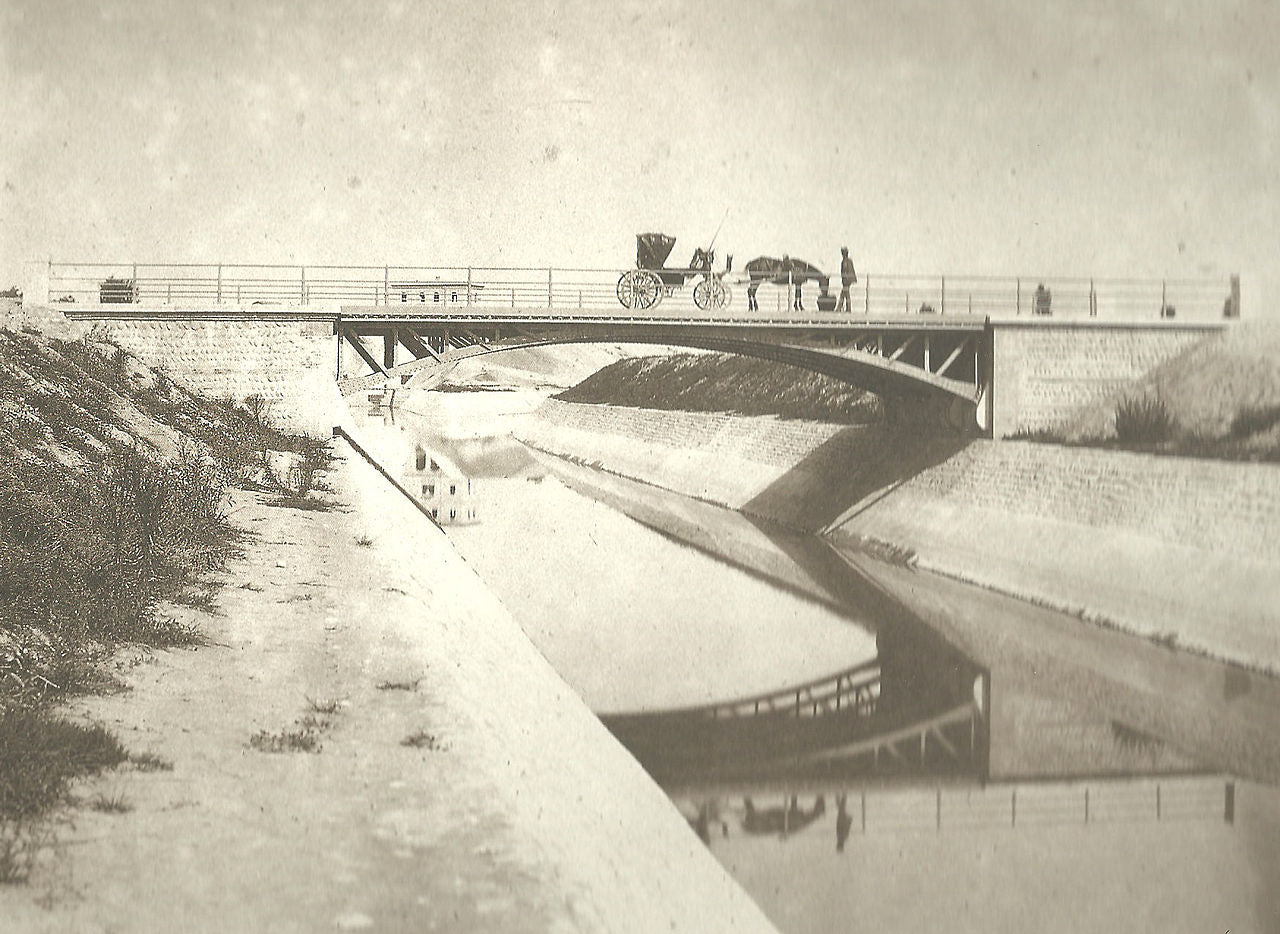Maurice Eduard Lotze was a versatile German artist who could turn his hand to both photography and naturalistic landscape painting. Born in Freibergsdorf, Germany, he initially studied drawing in Meißen before receiving a formal art education via the Royal Saxon Art Academy in Dresden.
Lotze’s career spans a fascinating period for the development of European landscape painting. During his formative years, while studying at the Academy in Dresden, the eminent glow of German Romanticism was adorning the major galleries. Caspar David Friedrich (1774-1840) was nearing the end of his life but still producing beguiling portrayals, rich with sublime sentiment. However, by the middle of the 19th century, the tide began to shift towards an approach more natural in its emphasis. And alongside this, photography also began to rear its head.
At heart, Lotze was a naturalist - working tirelessly to capture nature as it was, not how others imagined it. His early works contain, perhaps a sprinkling of Romanticism, but overall they’re honest. In 1843, Queen Victoria acquired his ‘Sheep Grazing’.

Moritz Eduard Lotze, Sheep Grazing, Royal Collection Trust (1840)
Quite rapidly he achieved success, becoming the Court Painter to Friedrich August II, but his life changed markedly following his marriage to Babette Hanfstaengl in 1838. Babette was the sister of Franz Hanfstaengl, a Bavarian artist from a working-class background. Hanfstaengl had a fascination for lithography and it’s probably fair to say that his main driver was commercial success. He produced such an array of portrait lithographs that the public dubbed him ‘Count Litho’.
Lotze became friends with his new brother-in-law and by around 1850, the two were working closely together during the advent of photography. Hanfstaengl saw this emerging technology as a means to produce accurate reproductions, potentially with less effort, but Lotze saw the camera as something altogether different. He viewed photography as a progression of art itself.
The pair were soon at loggerheads, with Lotze seeking to truthfully represent nature through a lens, and Hanfstaengl looking to maximise his revenue. It’s said that the disagreements became so onerous that it created problems for the family. In 1854, he left for Verona and began working as a photographer in earnest.
By combining his experience as a painter with new photographic techniques, Lotze gained recognition, respect and commissions - particularly in Verona where he photographed various aspects of its infrastructure. In 1867, he was awarded a Bronze Medal at the World Exhibition in Paris.
A critic remarked: "You have to be a true artist and have a special talent, like Mr. Lotze possesses, in order to achieve with a camera such results as Mr Lotze aspired to.”

Moritz Eduard Lotze, The Camuzzoni Canal
When into his late 50s, Lotze returned to Munich where he continued to work as a painter and photographer. Striving to work in a naturalistic style regardless of the medium.
He’s represented in the Royal Collection, British Museum, and the Baltimore Museum of Art.
1809
Born in Freibergsdorf, Germany.
Received drawing lessons in Meißen.
Studied at the Royal Saxon Art Academy in Dresden.
Appointed Court Painter to Friedrich August II.
1830
Moved to Munich.
1838
Married Babette Hanfstaengl, the sister of artist Franz Hanfstaengl.
1843
‘Grazing Sheep’ acquired by Queen Victoria.
C. 1850
Pursued photography as a career.
1854
Moved to Verona.
1856
Commissioned to photograph the construction of a railway between Verona and Bolzano.
1866
Returned to Munich.
1867
Awarded a Bronze Medal at the World Exhibition in Paris.
1886
Commissioned to photograph the construction of infrastructure around the Verona aqueduct.
1890
Died in Munich, Germany.


